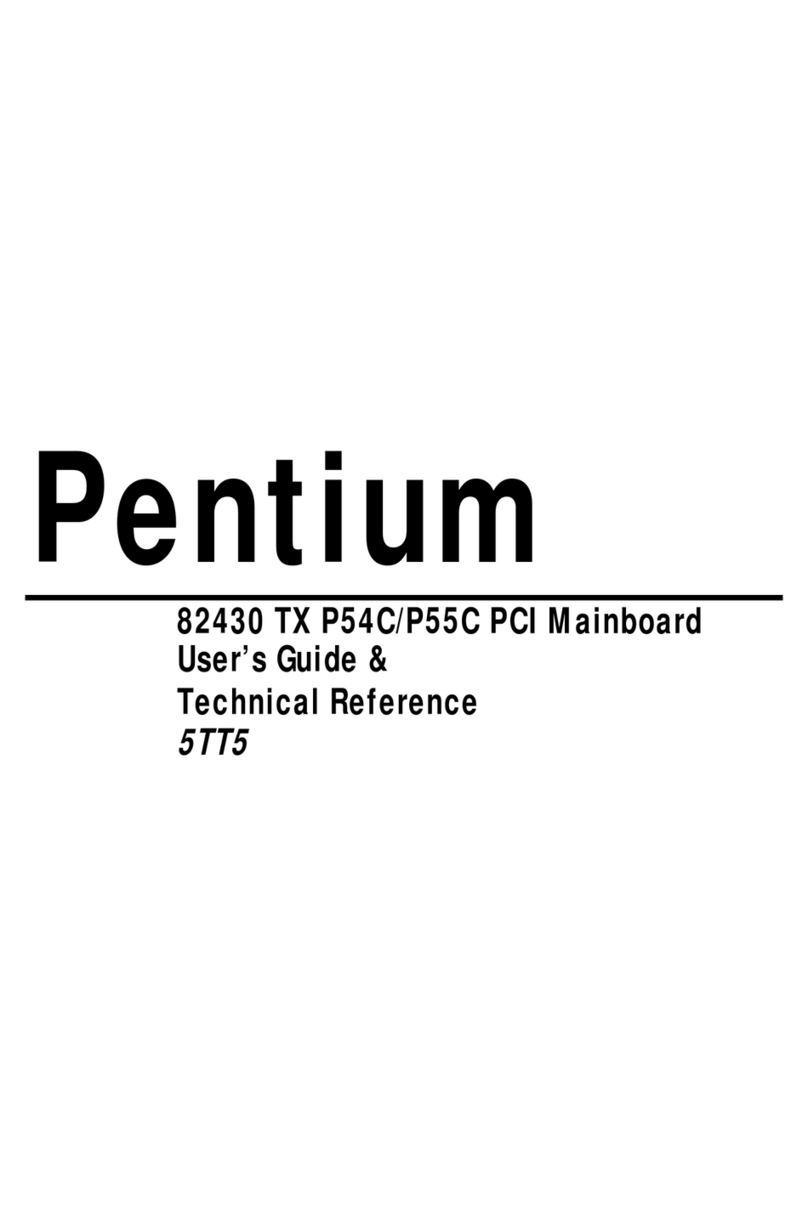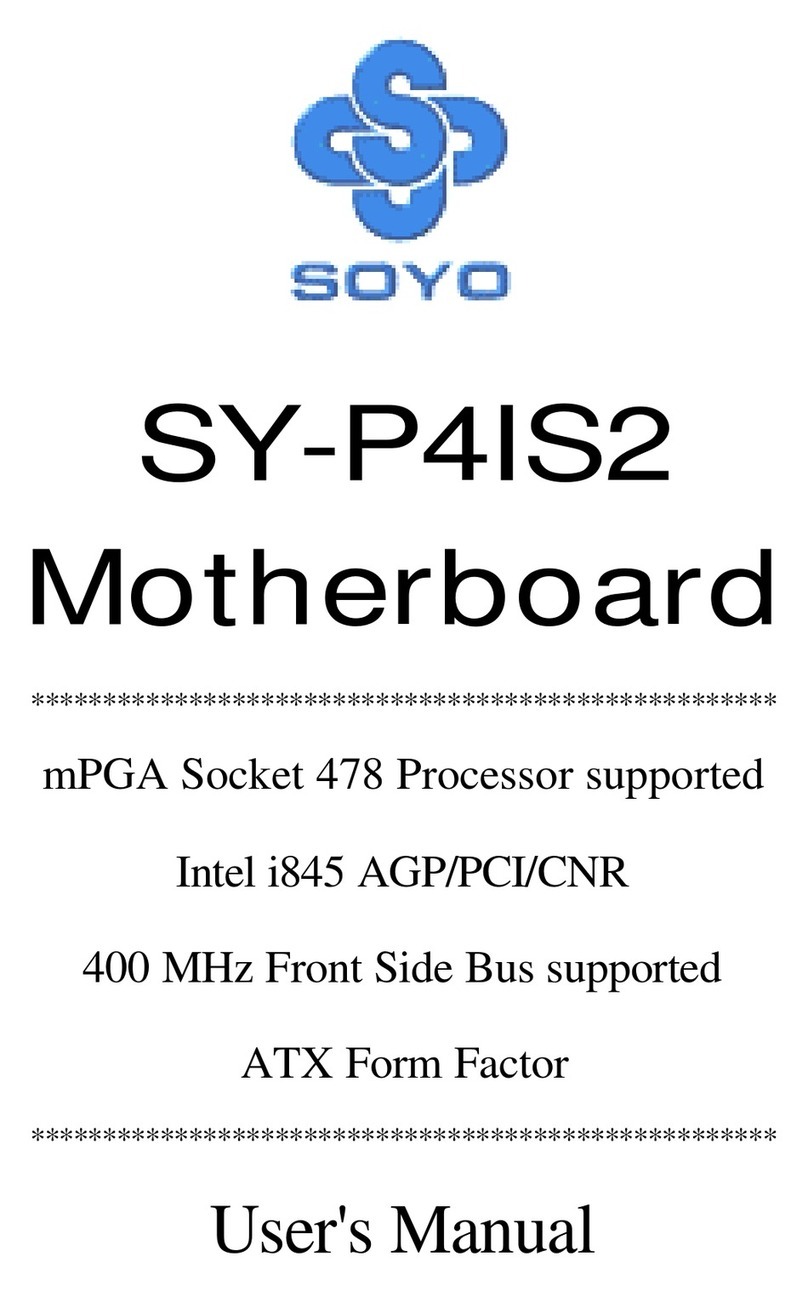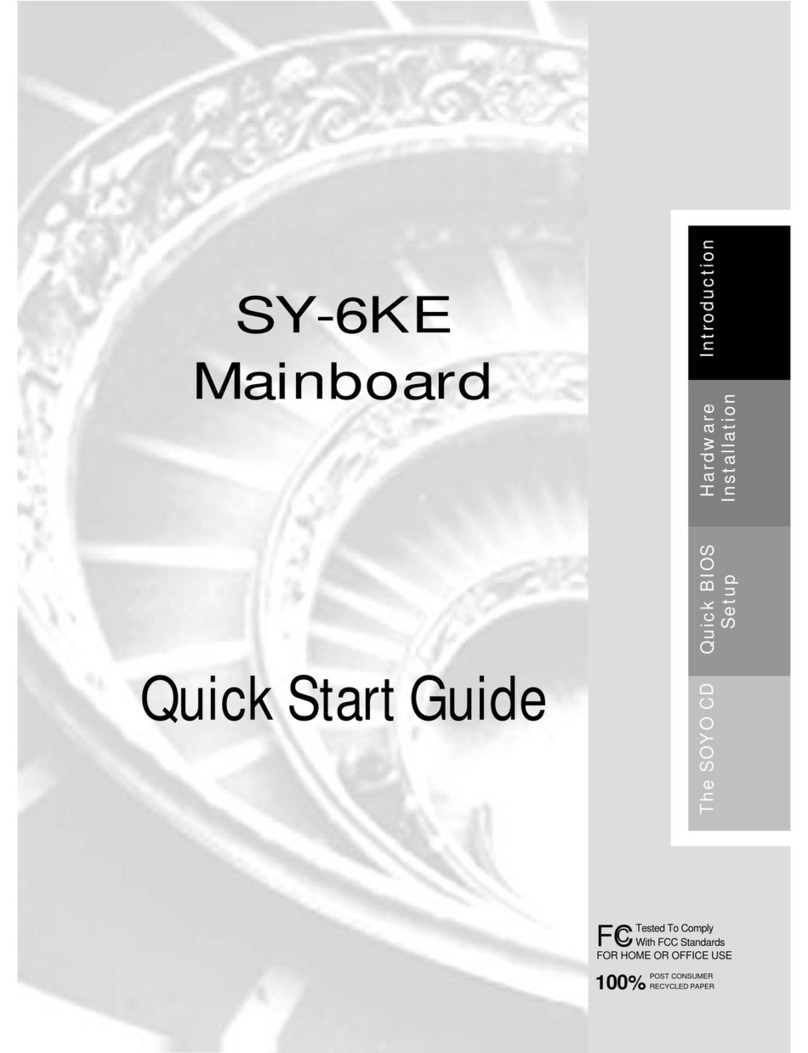SOYO SC-5EA5 Quick start guide
Other SOYO Motherboard manuals
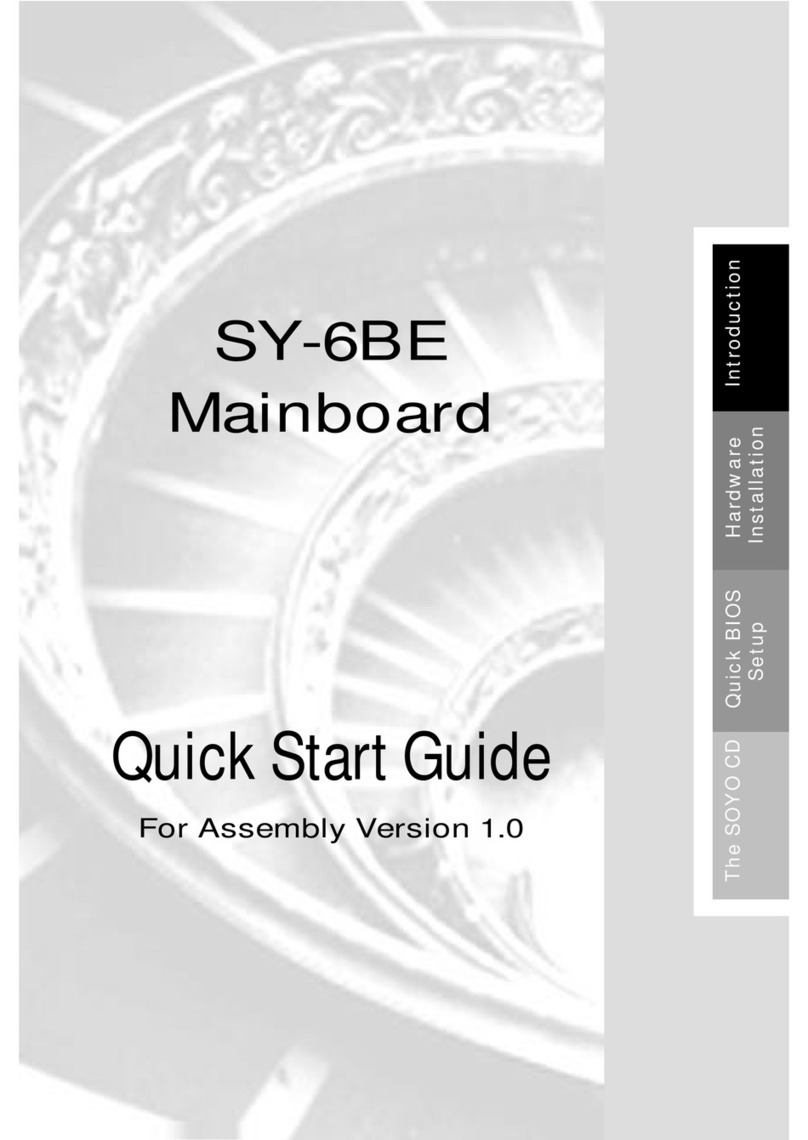
SOYO
SOYO SY-6BE User manual

SOYO
SOYO SY-P4I875P DRAGON 2 V1.0 User manual
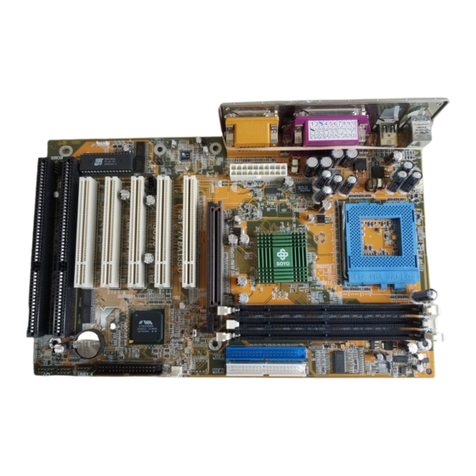
SOYO
SOYO SY-7VBA133U User manual

SOYO
SOYO SY-P4VGA User manual
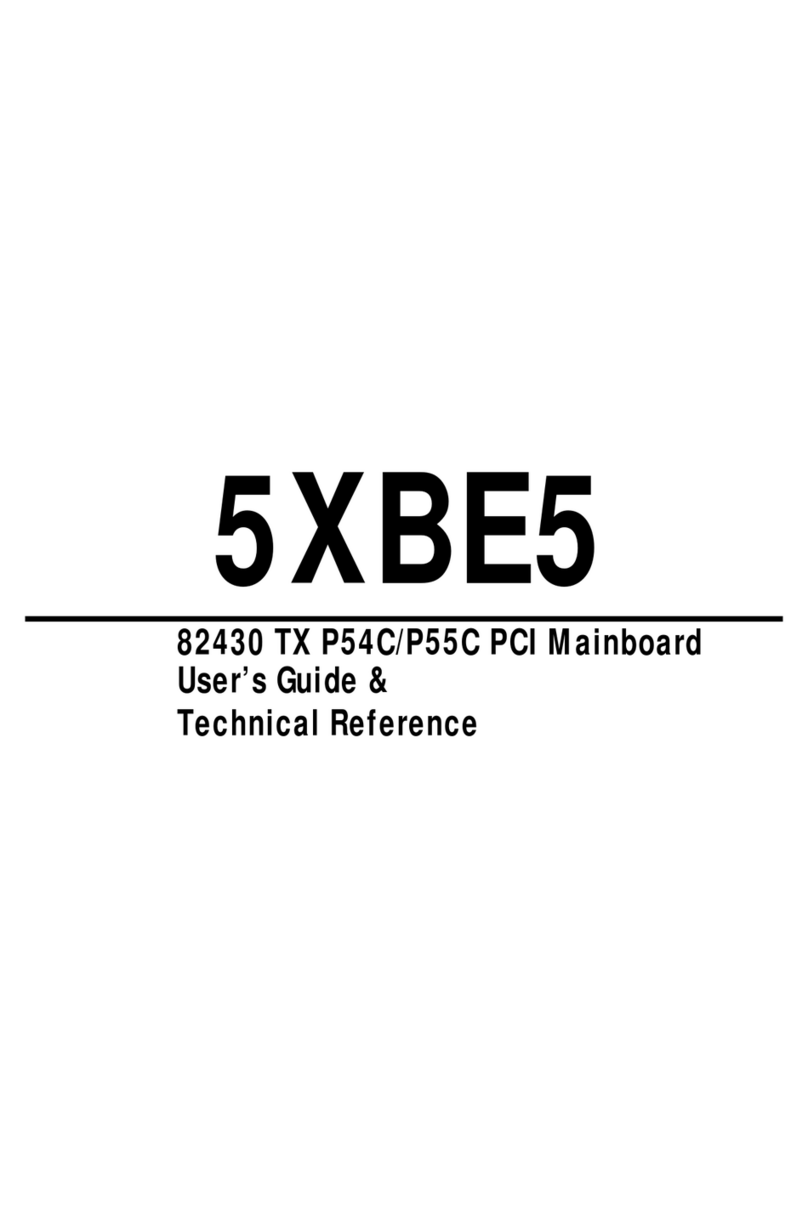
SOYO
SOYO 5XBE5 Use and care manual

SOYO
SOYO SY-K7VTA PRO User manual
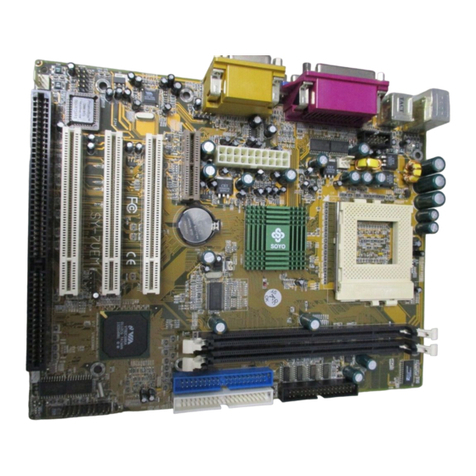
SOYO
SOYO SY-7VEM User manual
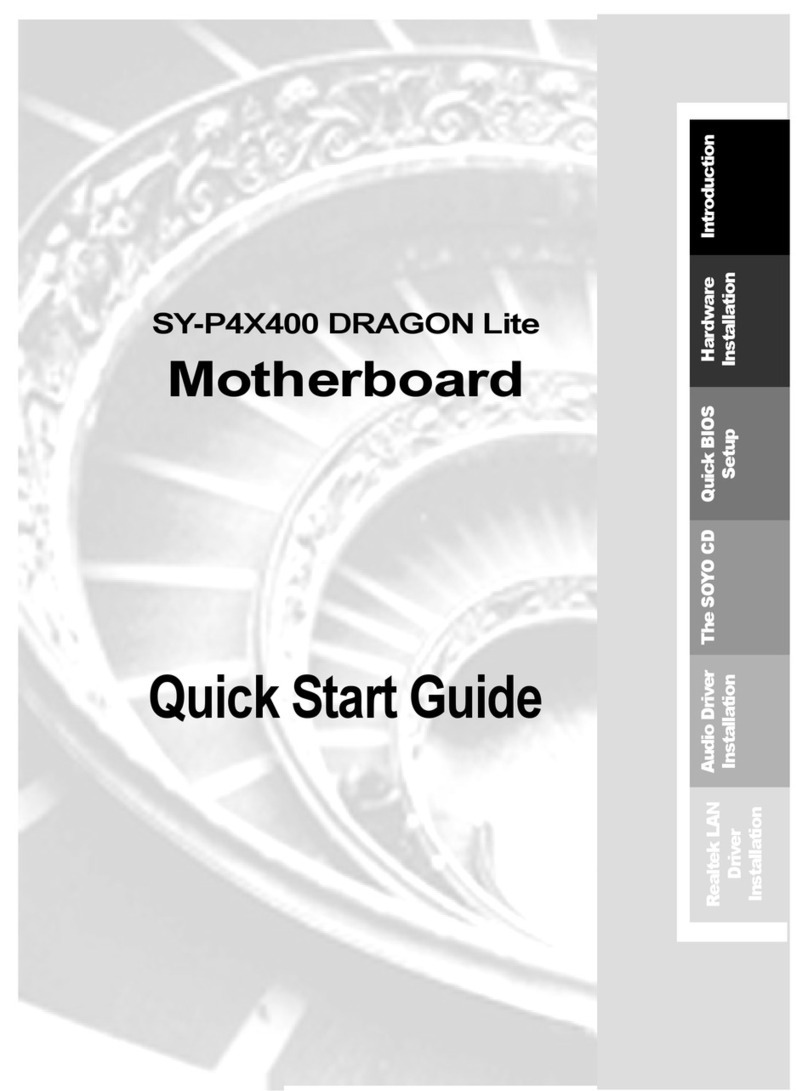
SOYO
SOYO SY-P4X400 DRAGON Lite User manual
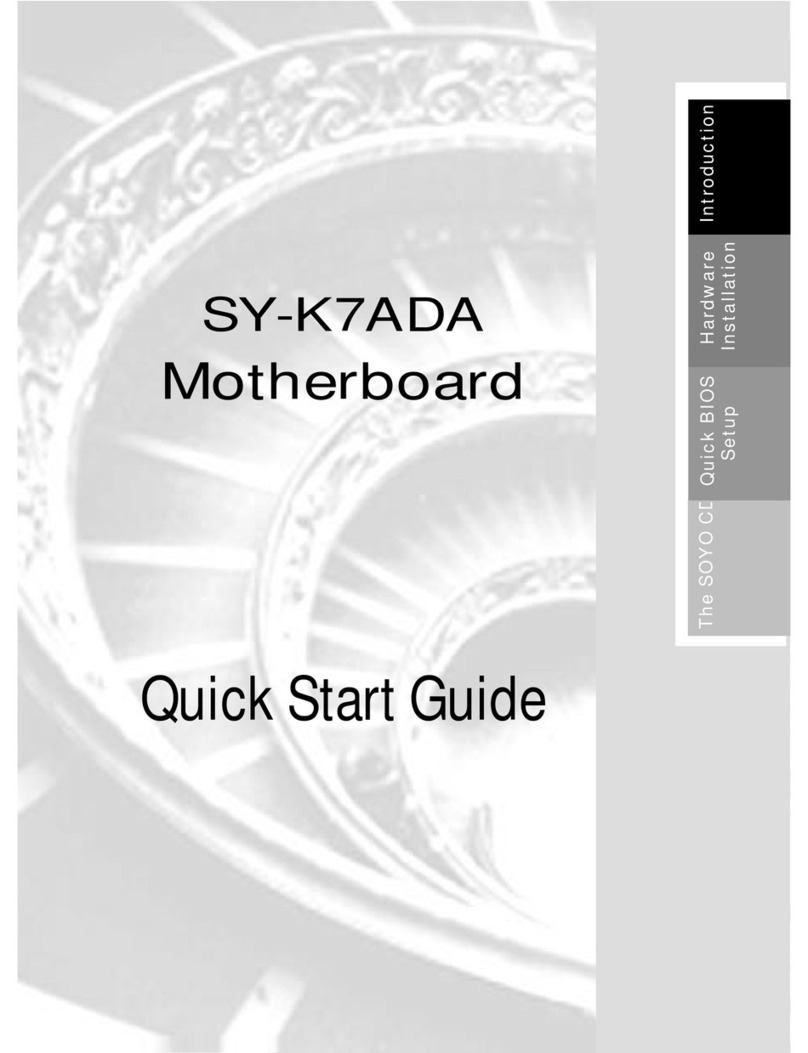
SOYO
SOYO SY-K7ADA User manual
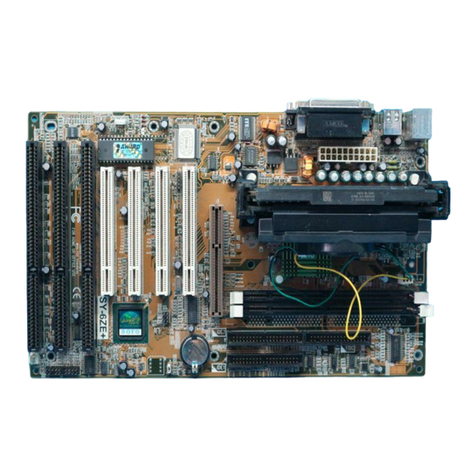
SOYO
SOYO SY-6ZE+ Use and care manual
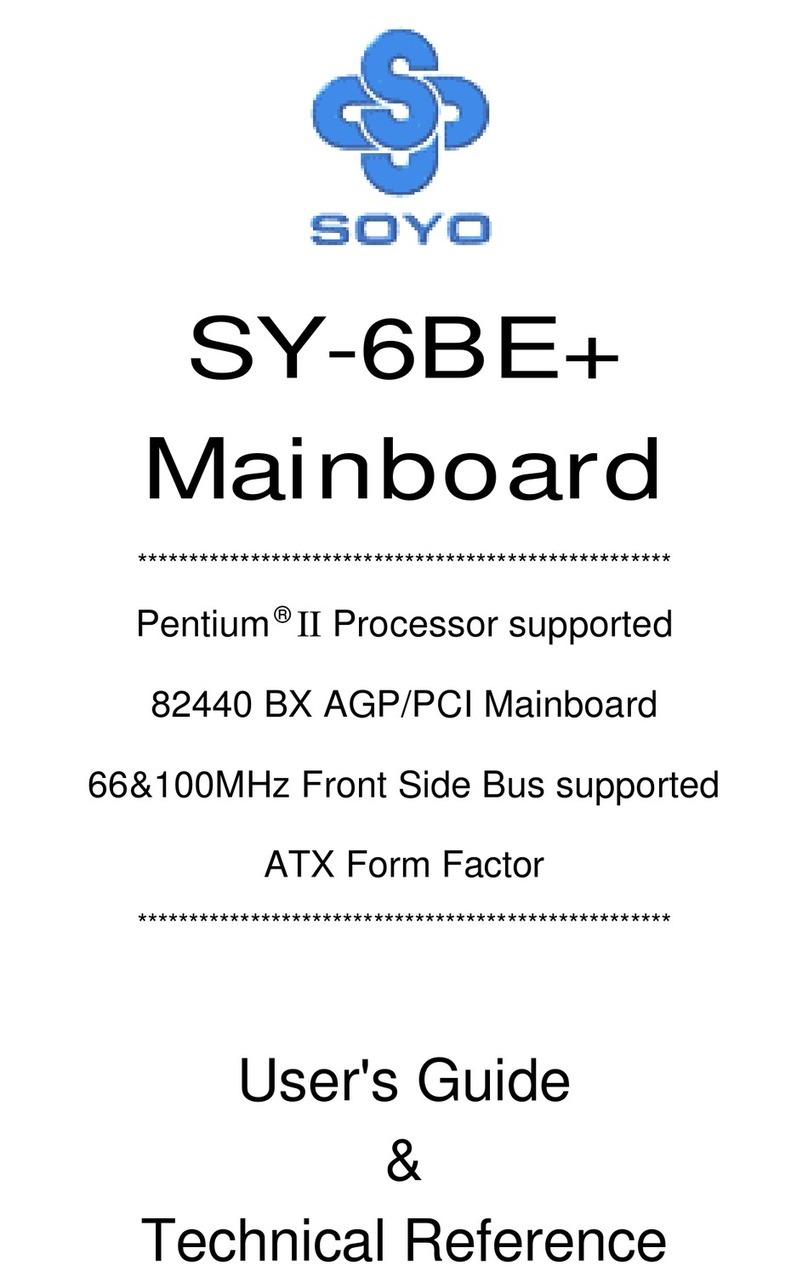
SOYO
SOYO SY-6BE+ User manual

SOYO
SOYO SY-7VBA133U User manual

SOYO
SOYO SY-D6IBA Use and care manual
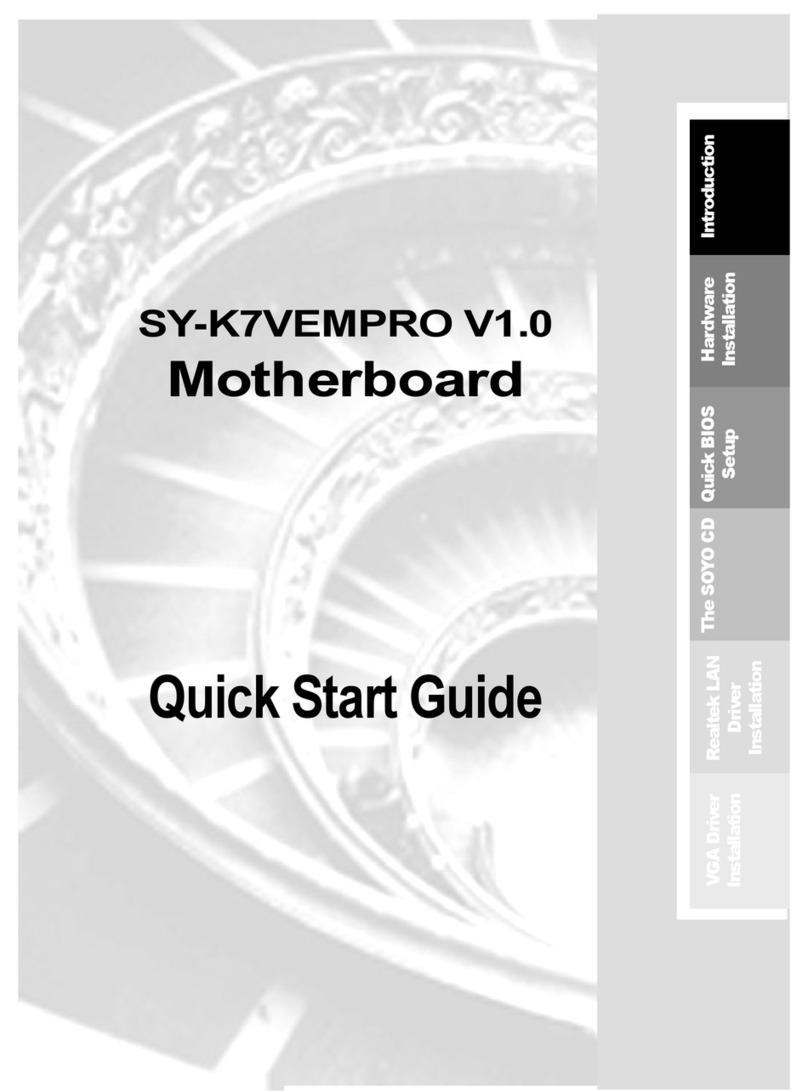
SOYO
SOYO SY-K7VEMPRO V1.0 User manual
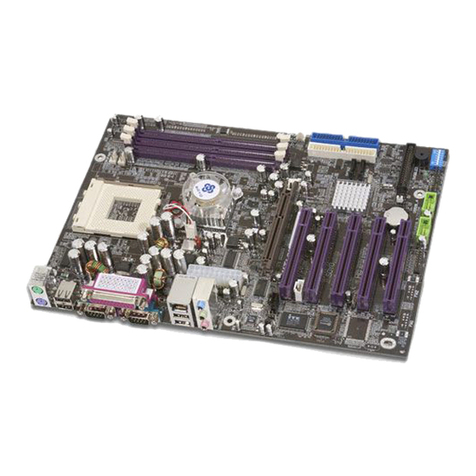
SOYO
SOYO SY-KT600 DRAGON Plus User manual
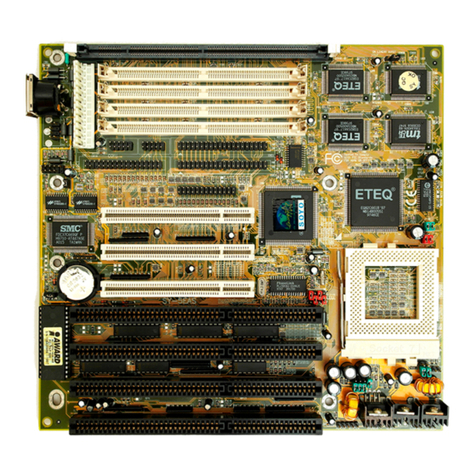
SOYO
SOYO 5EAS5 Use and care manual
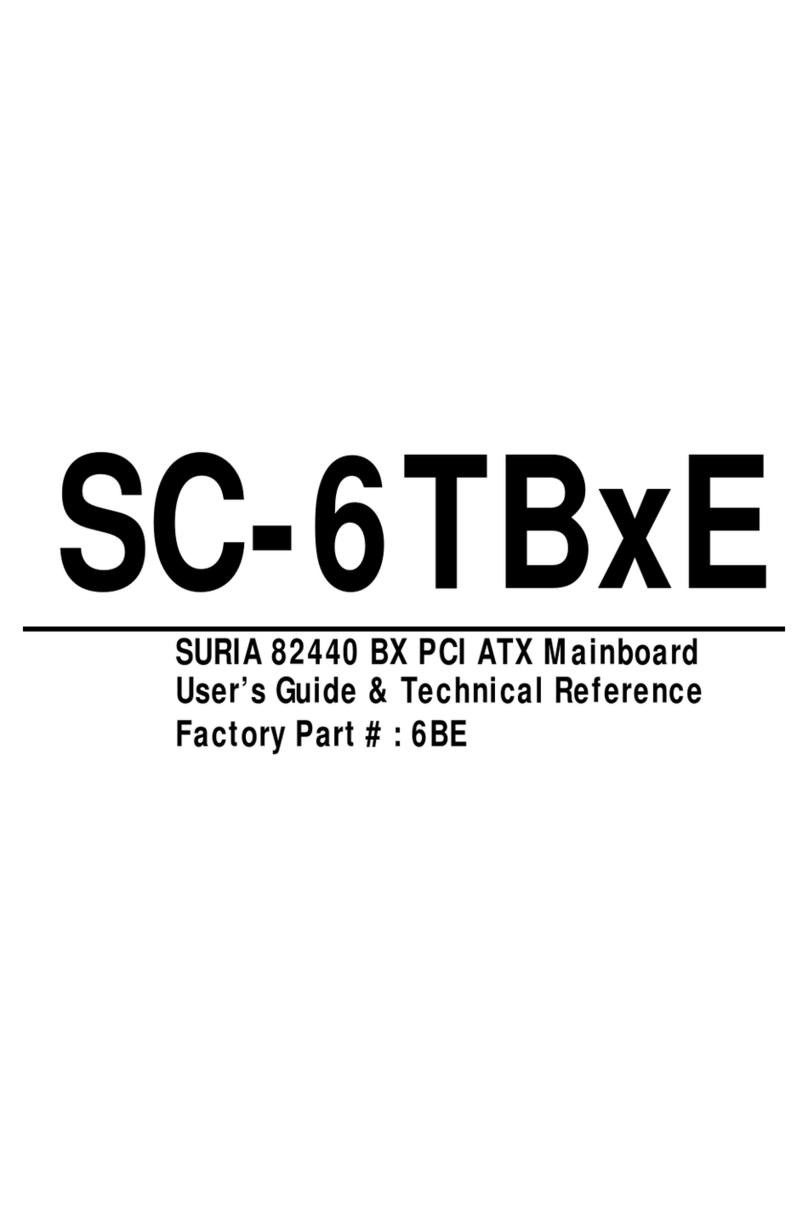
SOYO
SOYO SC-6TBxE User manual
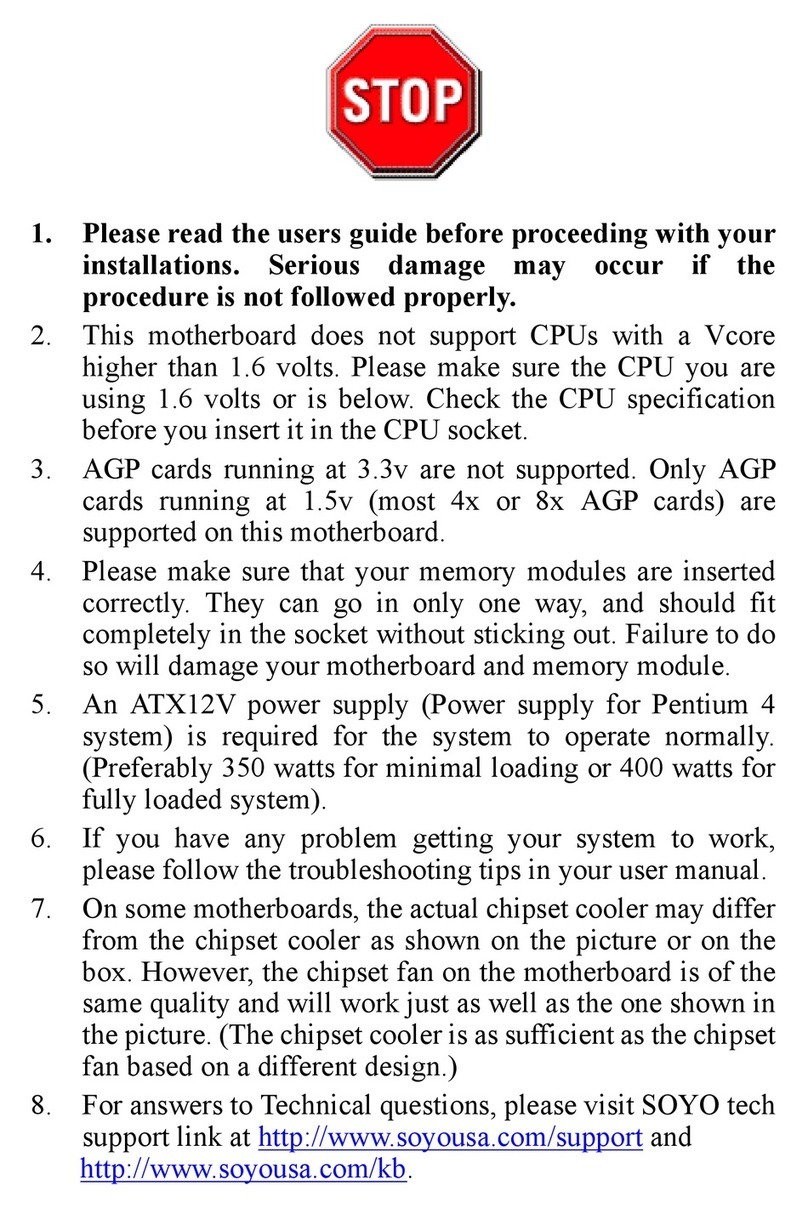
SOYO
SOYO SY-P4I875P DRAGON 2 V1.0 User manual

SOYO
SOYO SY-P4-645DX DRAGON Ultra User manual

SOYO
SOYO SY-P4S DRAGON Ultra User manual

